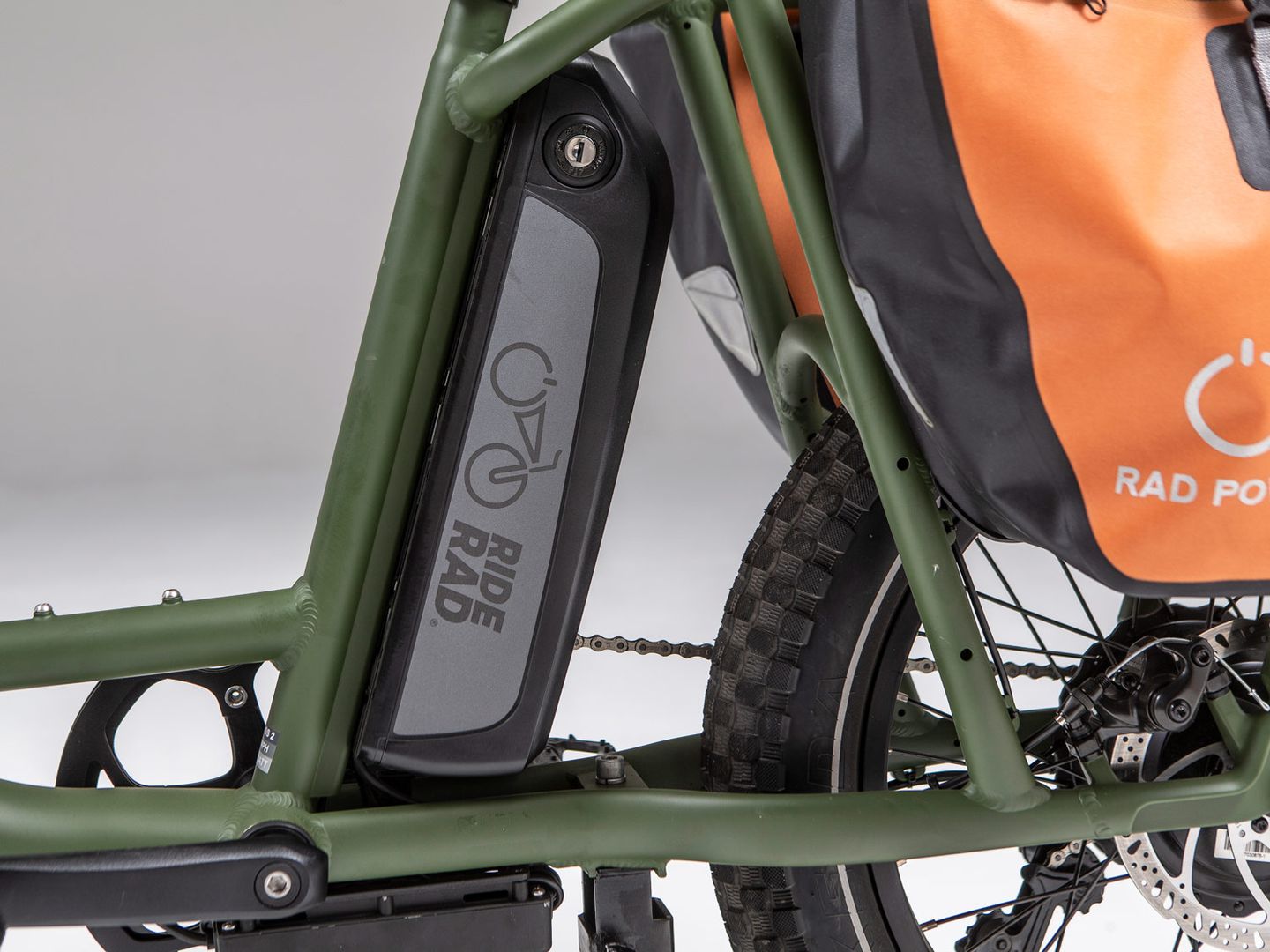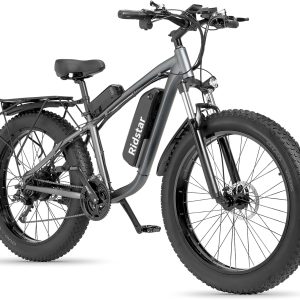Your e-bike battery is the powerhouse that fuels your rides. Ensuring its longevity and optimal performance is essential for a smooth and enjoyable cycling experience. Here’s a comprehensive guide on how to take care of your e-bike battery to make the most out of its life.
Understanding E-Bike Batteries
E-bike batteries, like those found in phones and laptops, are constructed using lithium-ion technology. These batteries are not only energy-dense and lightweight but also feature intricate chemistry and electronics that provide the extra power needed for e-bike propulsion. Given that the battery is often the most costly component of an electric bike, practicing proper care is imperative.
Maintaining Your E-Bike Battery: Tips and Best Practices
- Handle with Care
- Avoid dropping your battery, as this could damage its cells and compromise its performance. Any signs of damage or tampering on the battery casing could render it unsafe to use.
- Opt for a replacement from the manufacturer if the battery casing is compromised.
- Charge Smartly
- Rather than fully depleting your battery’s charge, aim to recharge it regularly to maintain its capacity. Bosch suggests that keeping the battery between 30% and 60% charge is ideal.
- For extended periods of non-use, store the battery at around 60% charge. When going on vacation or not using the bike, make sure to top up the battery for two hours every eight to twelve weeks.
- Always use the charger supplied with the bike or an official replacement from the manufacturer. Using an incorrect charger can be hazardous and may damage the battery or lead to a fire.
- Storage Conditions
- Store your battery in a dry, weatherproof location, ideally maintained at temperatures above 15 degrees Celsius.
- During Australia’s hot summer months, be cautious about exposing your e-bike to direct sunlight. Extreme heat can cause the battery to overheat, leading to potential malfunctions.
- Avoid Water Exposure
- Refrain from using a high-pressure hose on your e-bike, especially around the battery terminals. Deep water exposure can harm both the battery and the bike’s components.

Proven Strategies for Ebike Battery Care
- Mind Your Charge Level
- Charging your battery to 100% stresses the battery cells. If possible, charge to 85% for regular use, as this minimizes wear and tear.
- Discharging the battery completely also affects its lifespan. Try to avoid fully depleting the battery, opting for recharges before reaching zero.
- Use a Light Timer
- To prevent overcharging, employ a light timer set for one to two hours, stopping the charge at around 80%. Full charges can be reserved for days when longer rides are anticipated.
- Temperature Matters
- Storing your e-bike battery in extreme temperatures can damage its chemistry. Aim for a storage charge of 40% to 70% for extended periods.
- Ideal storage conditions are between 45 and 85 degrees Fahrenheit. Avoid leaving the battery in a car, especially in direct sunlight, to prevent overheating.
- Moderate Boost Mode Usage
- The way you ride affects battery life. Boost mode and throttle usage place more load on the battery compared to eco mode.
- While using boost mode is enjoyable, employing it sparingly can help prolong battery life. Eco mode puts less stress on the battery and could yield longer rides.
Conclusion
Your e-bike battery is a critical component that requires careful attention to ensure longevity and optimal performance. By following these maintenance tips, you can maximize the lifespan of your e-bike battery, enjoy longer rides, and save on potential replacement costs. Proper care not only enhances your cycling experience but also contributes to a sustainable and eco-friendly mode of transportation.





